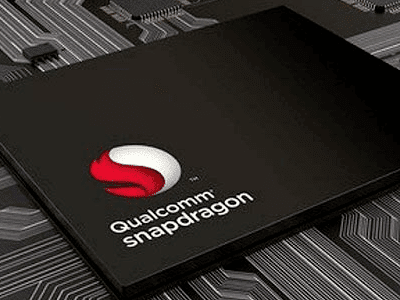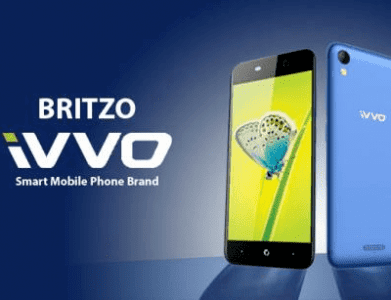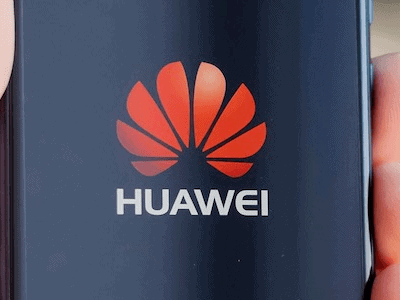Qualcomm Snapdragon solutions for emerging markets: Case for a differentiated branding strategy
Share This Post
In recent days we have seen at least two companies – BlackBerry (RIM) and Broadcom announcing emerging market centric solutions. While Blackberry announced Curve 9220, Broadcom released BCM7014 chipset for set top boxes.
Both these recent releases indicate that vendors are looking at emerging markets differently and hence bringing to market unique solutions ‘custom-tailored’ for emerging markets. This trend also indicates that although technology innovations usually flow from the developed world into emerging markets, but this may not always be the case. Vendors do not now enjoy the freedom of introducing the same solution in emerging markets, which they had been successfully running in mature markets.
At Qualcomm’s first ever Asia Industry Analyst meet held in Hong Kong on April 23-24, we learnt from Jeff Lorbeck how the QRD (Qualcomm Reference Design) Centre in Shanghai, China is partnering with different stakeholders including OEMs and ODMs to release solutions in the emerging markets meeting users′ specific requirements. It emerged that QRD is working closely with value chain partners, helping them to roll out solutions quickly and at desired price points for the emerging markets.
What the QRD example illustrates is the increasing trend of vendors to customize solutions like Snapdragon, ’embed’ them with the requisite / desirable features for emerging markets, and price them affordably so that large sections of consumers at ‘the bottom of the pyramid’ can buy and use the resulting OEM products. So, Qualcomm is also adopting a strategy similar to that followed by RIM and Broadcom, as the examples above illustrate.
Looking historically at Qualcomm, it is among the few semiconductor companies that are ‘brand conscious’ like Intel and Texas Instruments. While Intel brands its processors with names like Pentium, Itanium, Celeron etc. and TI brands its digital video processor solutions with names like Da Vinci, very few major semiconductor companies actually work on the branding aspect. They usually adopt a nomenclature pattern that tells potential consumers about key features, but do not follow a conscious branding strategy.
Snapdragon processors have established a reputation in the arena of smart computing, be it high-end smartphones or tablet PCs. Through QRD, Qualcomm has customized its chip solution to make it viable for emerging markets. But at the same time the brand image may face the risk of dilution. Qualcomm uses the same brand to address a continuum of OEMs and ODMs who are positioned at different quality, feature and price point levels in emerging markets.
I feel that to keep the Qualcomm branding strategy in line with the product strategy for emerging markets, it is very important that the player launches new brands or extensions of existing ones to leverage on the success of these solutions in the developed markets. For instance, Snapdragon Lite. This approach will help to minimise the risk of dilution of the core brand, while at the same time positioning the new breed of Qualcomm solutions loudly and clearly for emerging markets.













